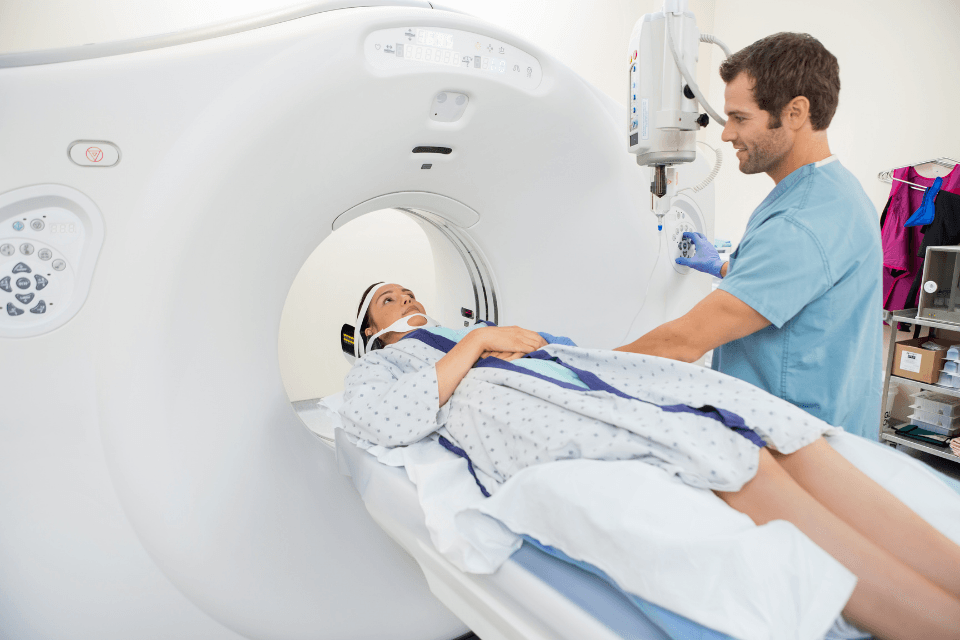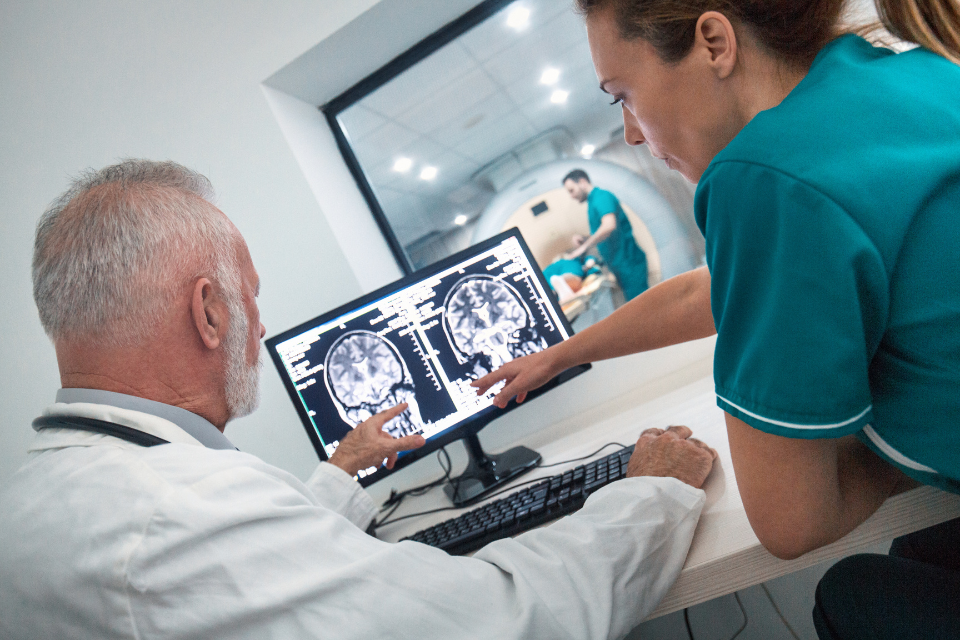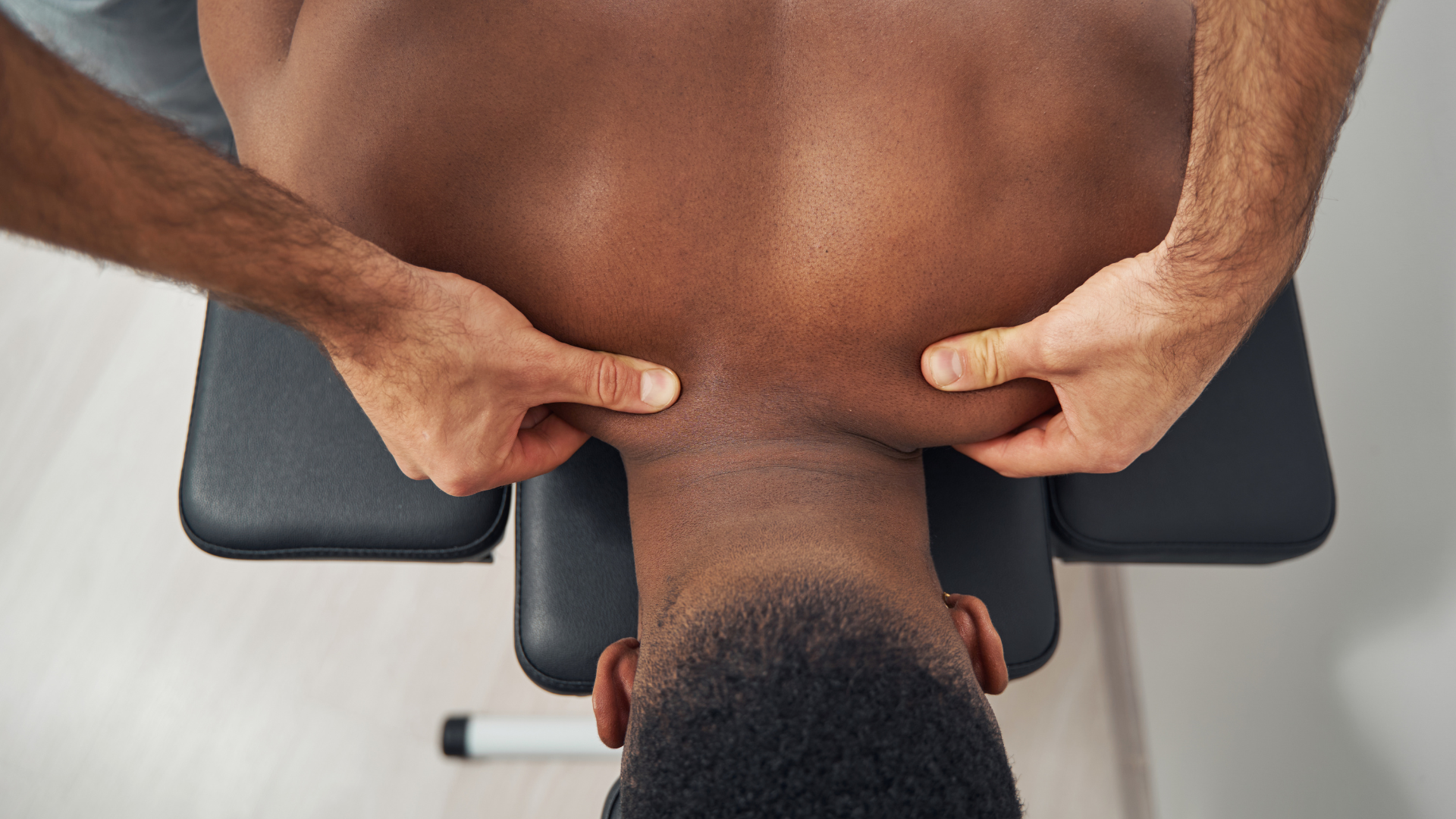The traditional MRI machine is a large, cylindrical tube surrounded by a circular magnet. You rest on a narrow table that slides towards the magnet's center and stay still to prevent blurring.
The machine’s powerful magnets force the protons in your body to align with the magnetic field. Then, the protons are exposed to a beam of radio waves and spin, producing a signal detected by the equipment's scanner. The radiologist can localize the radio frequency toward a specific body area.
A computer uses the MRI signals to develop a sequence of detailed pictures, which the radiologist sends to your doctor. Sometimes, it may be necessary to use a contrast material to enhance the accuracy of images, which means that you have a chemical agent injected into your bloodstream.












